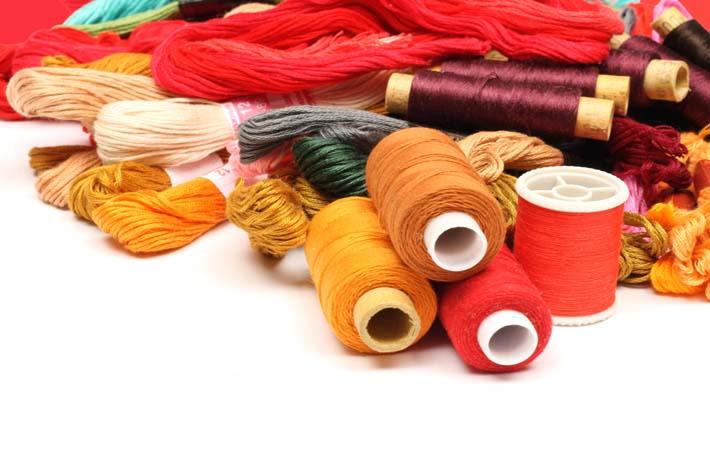Interviews
Cellulose emerging as environment-friendly fibre
02 May '17
3 min read

Amidst increasing world population and demand for clothes, and risk of decreasing cotton production as more and more land becomes occupied for food production, cellulose, produced from pine and fir, has the potential to emerge as a future environment-friendly textile fibre, according to a study carried out at the Karlstad University in Sweden.
The study of cellulose production has been presented in a doctoral thesis at the university. The aim of the project was to contribute to the understanding of what happens in the sulfite pulping process of softwood where the end product is dissolving pulp, that is, nearly pure cellulose, and also to investigate if the sulfite process can be further improved to achieve better economic efficiency.
"Our research project comprises two types of sulfite pulping of fir and pine wood," says Raghu Deshpande, PhD candidate in chemical engineering at Karlstad University.
The research has been conducted in the industrial graduate school VIPP, funded by Domsjö Fabriker, MoRe Research, Kempestiftelsen and the KK Foundation. VIPP stands for values created in fibre-based processes and products and is an academia-industry collaboration with the aim to strengthen Karlstad University's research environments as well as professional development in industries.
This study has a focus on generating new knowledge of sulfite technology. The study addresses crucial aspects of pulp production based on cheaper raw material for cellulose production. The research results are useful in the manufacturing of even better sulfite pulp and in the long term new sulfite mills may be established.
"Our study shows that different raw materials can be mixed and still result in cellulose of the highest quality. The possibility to produce profitable by-products such as ethanol also makes the manufacturing process more sustainable for the benefit of society as well as the environment," says Deshpande.
The population of the world is increasing and so is the average income, which means that the demand for clothes and other textiles is rising too. The global textile consumption in 2050 is estimated to be three times as high as in 2015. The cotton production, which used be the dominant fibre raw material, will decrease because more land is needed for food production. Presently, around 60 per cent of textiles are produced from petroleum, but as oil is not a renewable raw material it will no longer be available in a not too distant future. Therefore, new environment-friendly and renewable textile raw materials are needed to meet future needs, the scientists say.
It is often pointed out that the forest industry has a problem with decreasing sales as the result of less paper consumption. The demand for newspapers and sheets of paper is falling while the demand for environment-friendly forest-based textile fibres is on the rise. (SV)
Fibre2Fashion News Desk – India
Popular News
Leave your Comments
Kimberly Morgan and Rik Veltman
K3 Business Technology Group PLC
Dr. Michael Duetsch & Man Woo Lee
UPM Biochemicals and Dongsung Chemical
































-Ltd..jpg?tr=w-120,h-60,c-at_max,cm-pad_resize,bg-ffffff)





.jpg?tr=w-120,h-60,c-at_max,cm-pad_resize,bg-ffffff)
.jpg?tr=w-120,h-60,c-at_max,cm-pad_resize,bg-ffffff)






